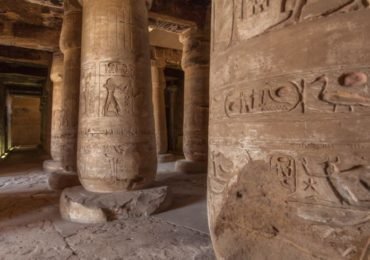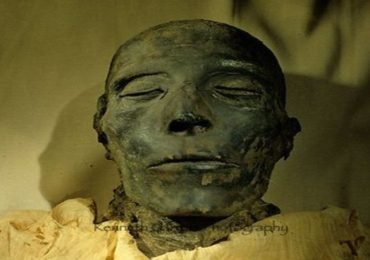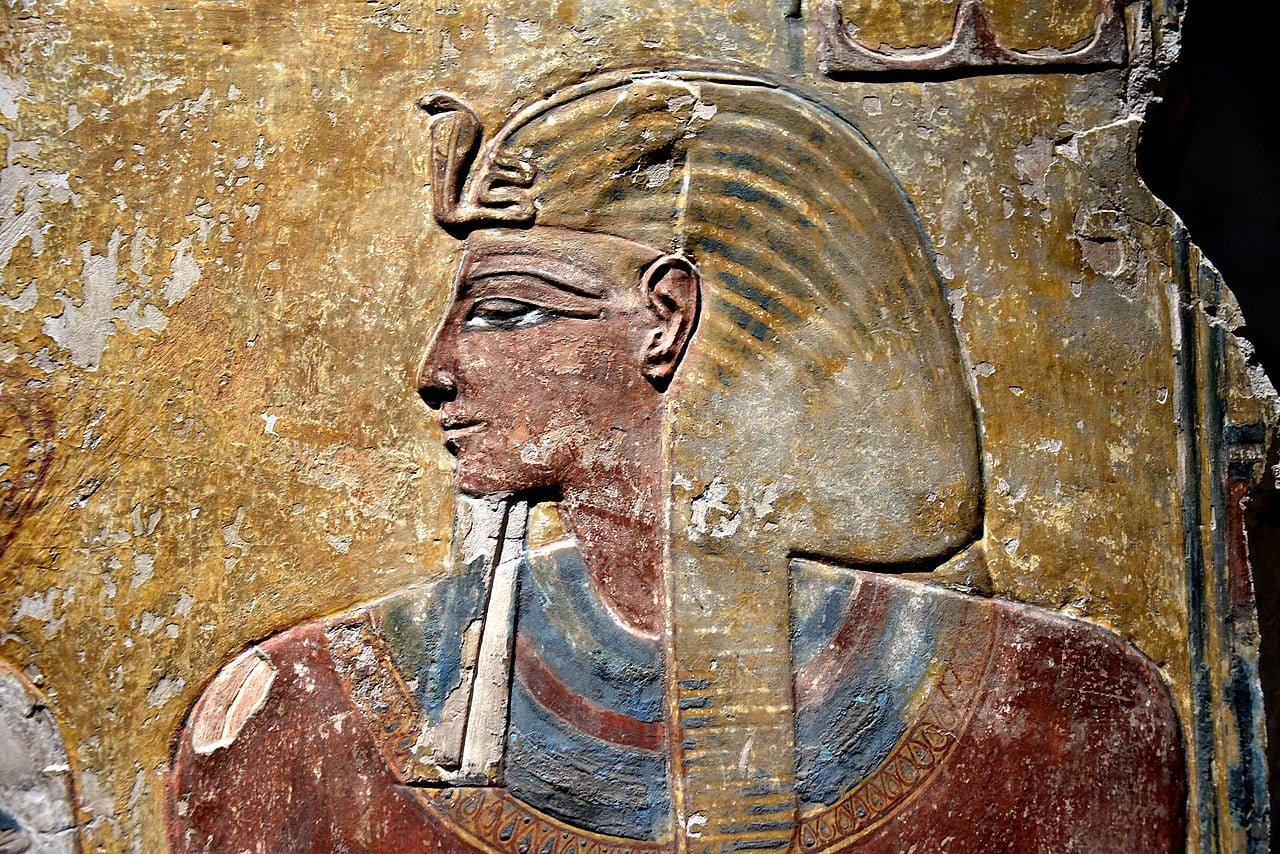Pharaoh Seti I
At the end of the 18th Dynasty, Egypt was not in a good state. Due to the misgovernment of succession of weak pharaohs. The governments were corrupted, and Egypt’s eastern frontiers were in constant danger of invasion.
Finally, Horemheb succeeded the corrupt old King Ay, and proclaiming himself King of Upper and Lower Egypt, proceeded at once to put the interior economy of the country in order. He cleansed the government administration and enforced laws for the protection of the farmers. Horemheb appointed Ramses, as his vizier, and nominated him to be his successor on the throne, thus establishing the 19th Dynasty. Ramses I was originally the ruler of the city of Tanis (San El-Haggar). He was an old man when ascended the throne where he just ruled for two years. He followed the steps of Horemheb.
Seti I’s Origin
Seti was also an officer and was at that time serving as Commander of the Frontier Garrison, at a place now called Kantarah. When Horemheb died, the vizier Ramses ascended the throne as Ramses I, and he appointed his son Seti to the vizierate. Seti succeeded his father, as Seti I.
Seti I was in his fifties when he became a king. He was one of the finest kings of Egypt. He re-established peace and security in the Near East, and at home embarked upon a program of restoring those ancient monuments which had been allowed to fall into ruin.

These restorations are recorded by a modest inscription, engraved in small characters, usually reading; “Restored by the King of Upper and Lower Egypt, Men-Maat-Re, the son of Re, Seti Merenptah”. King Seti built new monuments in many parts of Egypt. The most famous of these being his temple in Abydos, his temple in Luxor west bank. His Karnak Hypostyle Hall, and a magnificent tomb in the Valley of the Kings. But it seems that his temple in Abydos was a personal favorite. He himself made a difficult and dangerous journey into the eastern desert in order to re-open a gold mine. The output of which he decreed as an eternal endowment for the upkeep of the Temple of Abydos.

Seti I’s Family
Seti I married his sister “Tuya” who gave birth to two boys. One died during the lifetime of his father and the other who was Ramses II was a co-regent with his father. King Seti I called his period (whm-mswt) or the renaissance period. He was successful in securing the foreign relations of Egypt and regaining her pride and dignity in Asia. Pharaoh Seti I smote the rebels of Asia and marched to Sinai and defeated the Bedouins there and in the south of Palestine.
The situation in the west of Egypt was quite a serious one. Because of the immigration of the Indo-European tribes that came and settled in North Africa and started to aim for Egypt. From Karnak Temple scenes we know that Seti I defeated those Indo-European tribes. These scenes also tell us that Seti I seized Kadesh in his 2nd year of reign.

Seti died after 13 years as a great pharaoh of Egypt and was buried in his magnificent tomb in the Valley of the Kings in Luxor, and his mummy is now in the National Museum of the Egyptian Civilization in Cairo.

